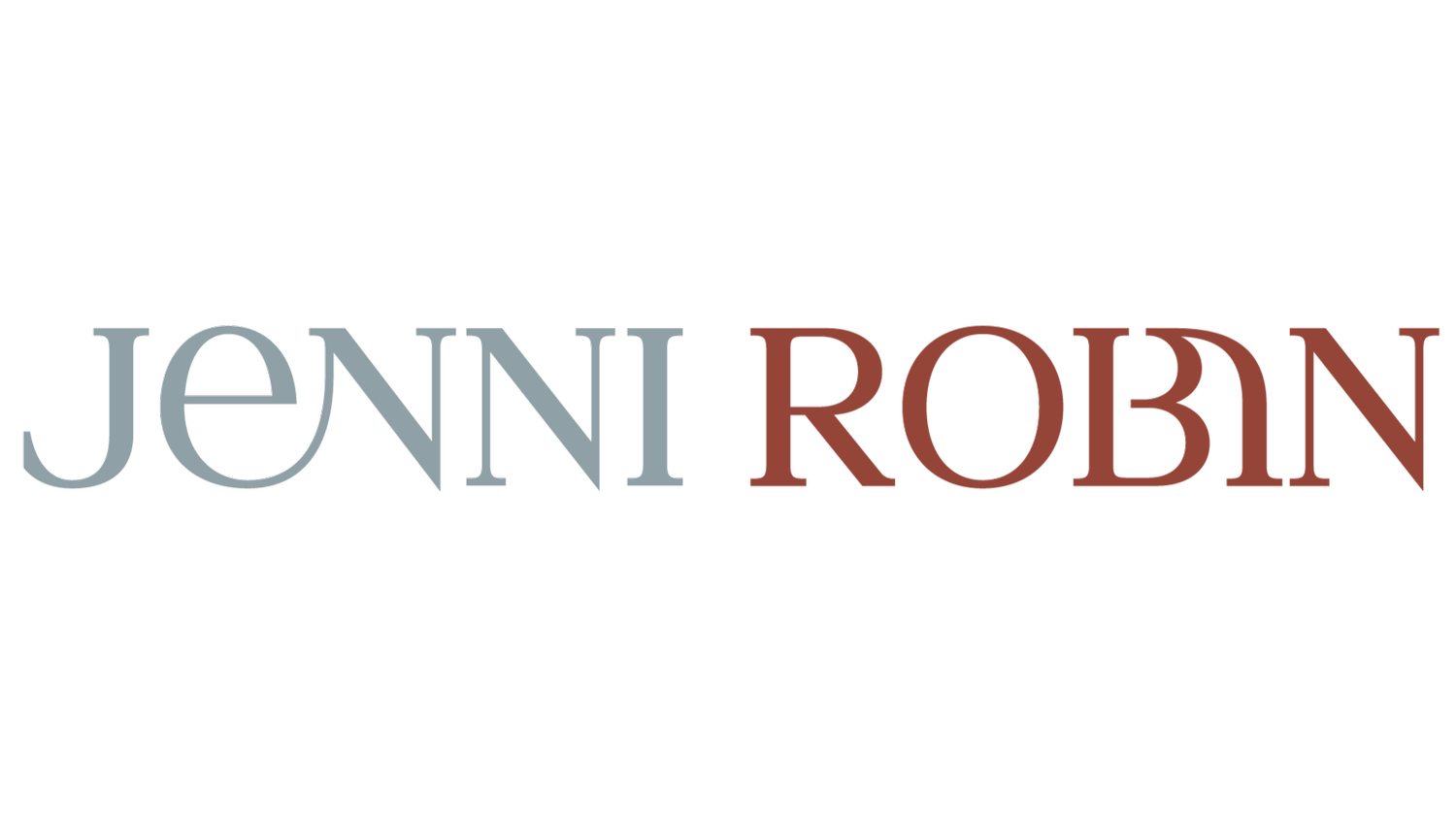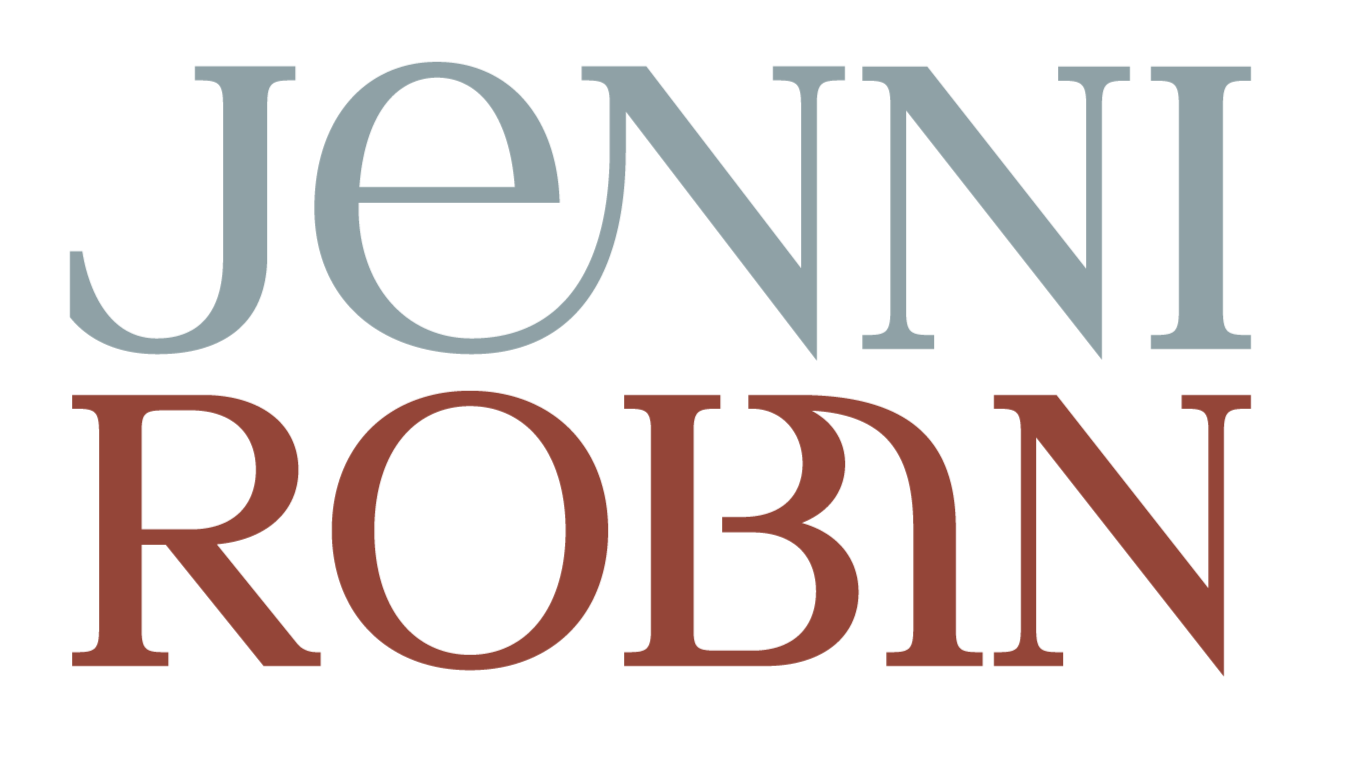Outcomes of Interior Design: From Vision to Reality
Designing a space that not only looks beautiful but also functions seamlessly requires a thoughtful and structured process. As an interior designer with over 15 years of experience, I take great care in guiding my clients through each stage of the journey. Transforming ideas into spaces that inspire and connect.
I have previously written about my 7 step design process, to read please follow this link.
Now for clarity, I wish to showcase what outcomes to expect in each design phase.
1 Brief Establishment.
Every successful design begins with a strong foundation. The first step is an in-depth conversation to establish the project brief, defining your goals, budget, timeline, and specific requirements or inspirations. Afterwards, I provide a return brief document, housed within the online client portal. This serves as a living document that evolves alongside your project, ensuring clarity and alignment throughout the design journey. Many projects require an early sketch plan, commonly known as a test fit in commercial workplace design.
2 Schematic Design.
With the brief established, I begin exploring design possibilities through sketches, 3D white models, and spatial planning, developing initial concepts that align with your aesthetic and functional requirements. This stage fosters collaboration, allowing for feedback and refinement before progressing to the next phase.
Simultaneously, I commence research into FF&E (Furniture, Fixtures, and Equipment), a critical component in interior design and architectural specifications. This encompasses furniture selections, including decor, artwork, accessories, and rugs; fixtures and fittings such as tapware, basins, and lighting; and equipment, which may include whitegoods or cooking appliances.
In an average Australian home, more than 120 individual items must be noted within schedules and specifications. With an overwhelming array of choices available, I guide clients through the selection process, ensuring that design style is aligned with the overall vision. Additionally, Finishes encompassing materials, coatings, and surface treatments are outlined in a separate schedule. As a result, each project is supported by two detailed specification schedules.
3 Design Development.
Once the overall concept is approved, we dive deeper into the details. Material selections, furniture layouts, lighting plans, and finishes are carefully considered to enhance the functionality and atmosphere of the space. My focus on immersive design and storytelling ensures that each element contributes meaningfully to the experience. During this phase expect your documentation to have much more detailing, dimensions, and coding which refers back to your developed FF and E schedule and Finishes schedule.
4 Contract Documentation.
With the design finalised, I develop detailed technical drawings, specifications, documentation and 3D coloured renders required for construction and procurement. This ensures clarity and accuracy for contractors, suppliers, and tradespeople, streamlining the execution of the project.
Your project documents along with other third party documents will then be stamped for approval and you will obtain your building permit.
5 Contract Administration.
As the project moves into implementation, I take an active role onsite with weekly or fortnightly meetings with builders, project managers and sub contractors responding to RFI's. While construction is an exciting phase, strict safety regulations govern site access. Unfortunately, clients are unable to freely enter due to occupational health and safety requirements. In commercial settings, protocols including site inductions and formal sign-in procedures are required before entry, reinforcing compliance and safeguarding all personnel involved.
6 Procurement.
Procurement is a crucial phase that unfolds during construction, ensuring that all fixtures, fittings, equipment, and finishes are sourced and delivered in alignment with the project schedule. These elements contribute to the foundational integrity of the space, setting the stage for the final design vision.
However, the final touches such as furniture, soft furnishings (including curtains), decor, and artwork are typically introduced at the conclusion of construction. This approach facilitates smoother delivery and installation, as items can be received into a clean, prepared site without the risk of damage from ongoing building activities.
In certain cases, early procurement may be necessary, particularly for custom pieces, imported goods, or items with extended lead times. While the standard process prioritises final phase procurement, flexibility is exercised when advantageous to the project timeline and budget.
7 Project Delivery.
The final step is the most rewarding, seeing the vision come to life! I oversee the finishing touches, ensuring that every detail aligns with the original design intent. Whether it’s a residential sanctuary, an engaging retail space, or an inspiring workplace, the outcome is a thoughtfully crafted environment that enhances connection and functionality.
To support a smooth and transparent design journey, I utilise Programa for project management, ensuring that all interior design documentation, schedules, mood boards and updates are accessible in one central platform. This allows clients to review and engage with the evolving design concept in real time.
Interior design is more than aesthetics, my approach combines strategic thinking, creativity, and collaboration to ensure that each project is not only visually compelling but also deeply meaningful. I hope this written piece has been beneficial in discussing the outcomes of interior design.
Join me next month in conversation with past interns, where are they now?
Your Vision Crafted.
Jenni

